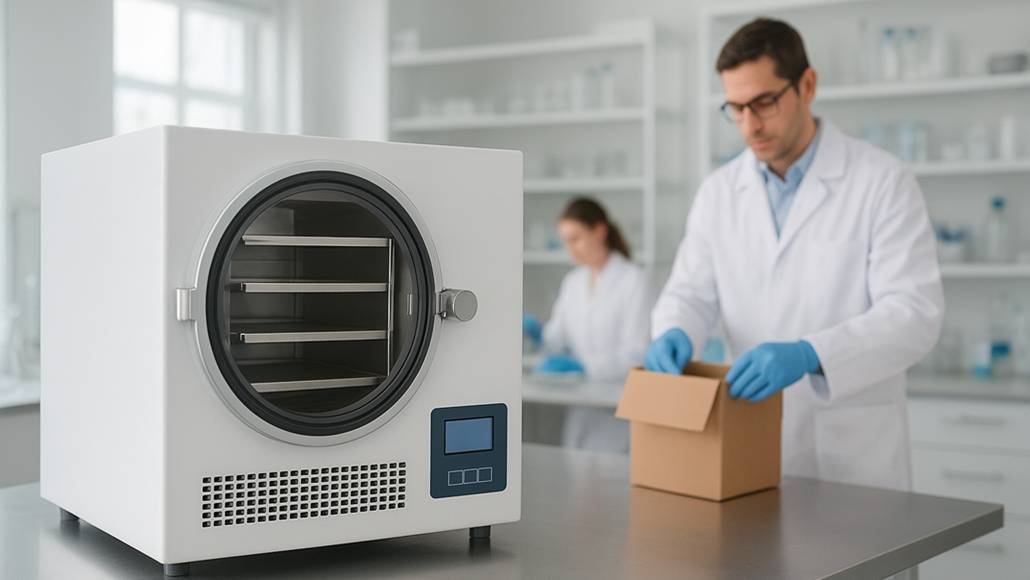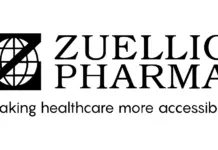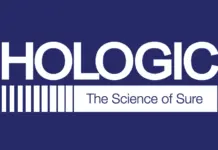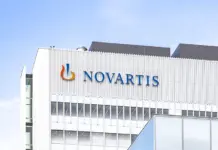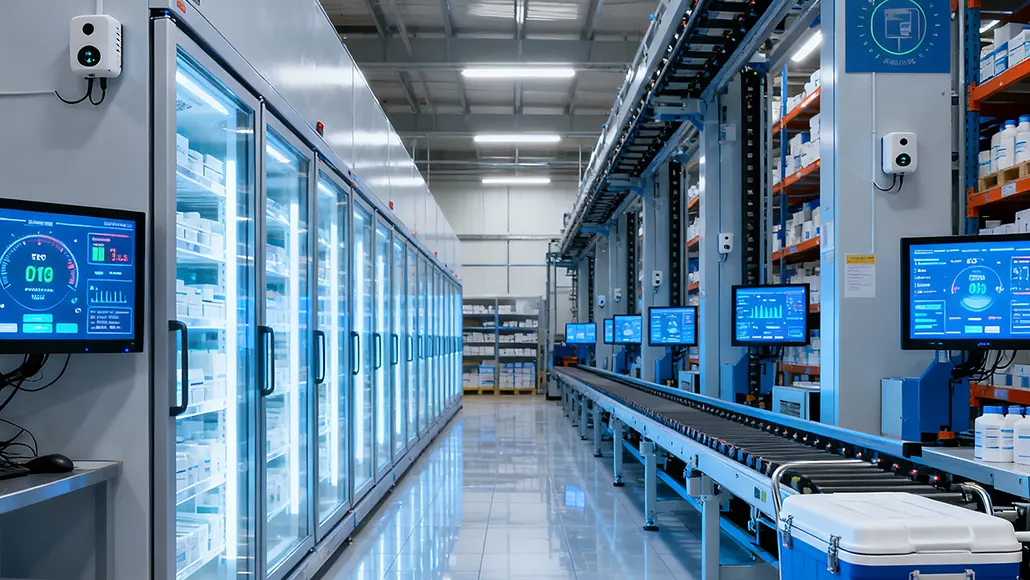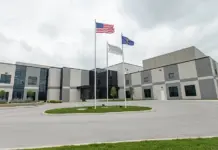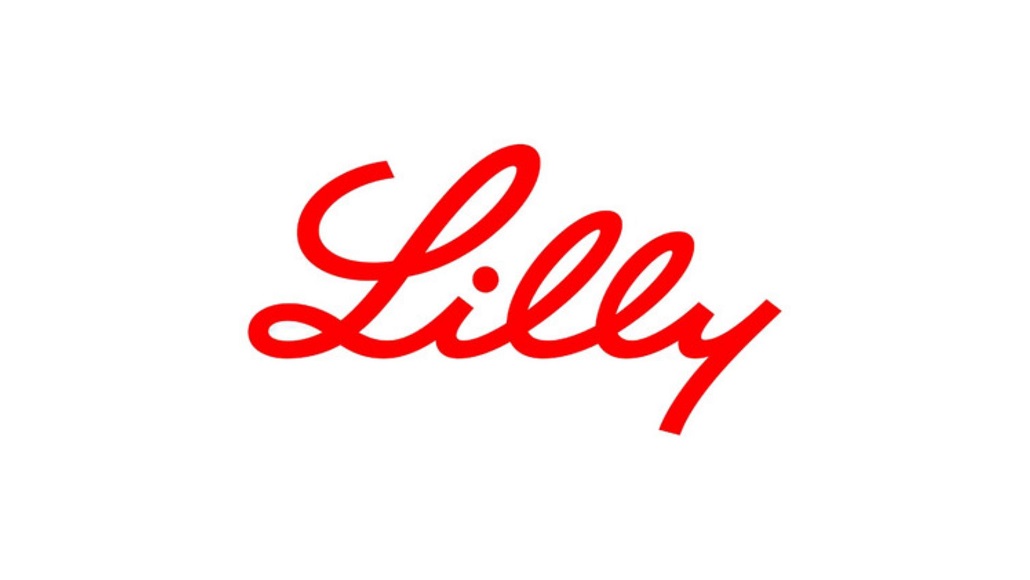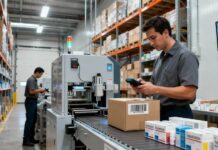Pharma Cold Chain 4.0: Reinventing Temperature-Controlled Logistics
The pharmaceutical supply chain faces unprecedented challenges in delivering temperature-sensitive medicines safely and efficiently to patients worldwide. Biologics, vaccines, cell and gene therapies, and increasingly sophisticated pharmaceutical products demand unwavering temperature control throughout their journey from manufacturing facility to patient administration. Traditional cold chain management approaches, reliant on manual monitoring and reactive problem-solving, struggle to meet these escalating requirements. Enter Pharma Cold Chain 4.0, a transformative paradigm that harnesses Internet of Things sensors, artificial intelligence analytics, and digital connectivity to create intelligent, self-optimizing temperature-controlled logistics networks.
The stakes could not be higher. Temperature excursions during pharmaceutical transport and storage affect approximately 30 percent of temperature-sensitive products globally, contributing to product degradation, regulatory non-compliance, and ultimately compromised patient safety. A recent survey found that over 30 percent of pharmaceutical deliveries experienced some form of quality degradation during transit. The economic impact extends beyond direct product losses, encompassing expedited replacement shipments, regulatory investigations, and erosion of trust between manufacturers, distributors, and healthcare providers. As the pharmaceutical industry shifts toward increasingly temperature-sensitive biologics and personalized medicines, the imperative for robust cold chain solutions intensifies.
Understanding Pharma Cold Chain 4.0 Technologies
Pharma Cold Chain 4.0 represents the convergence of several technological revolutions transforming pharmaceutical logistics. At its foundation lies the Internet of Things, a network of interconnected sensors and devices that monitor product conditions continuously throughout the supply chain journey. These sensors, embedded in shipping containers, storage facilities, and even individual product packaging, measure temperature, humidity, light exposure, shock events, and geographic location with unprecedented precision. Unlike traditional data loggers that store information for post-facto review, IoT sensors transmit data in real-time via cellular networks, low-power wide-area networks, or satellite connections, enabling immediate awareness of potential quality issues.
Artificial intelligence algorithms transform raw sensor data into actionable intelligence. Machine learning models analyze historical shipping data to identify patterns that predict temperature excursions before they occur, enabling proactive interventions. These predictive analytics consider factors including route characteristics, carrier performance history, seasonal weather patterns, and even real-time traffic conditions to forecast potential risks. When the system detects elevated risk, it automatically alerts logistics coordinators and recommends corrective actions, such as route modifications or expedited customs clearance, preventing problems rather than merely responding to them after damage occurs.
Cloud-based visibility platforms serve as the central nervous system for Pharma Cold Chain 4.0 operations. These platforms aggregate data from thousands of shipments simultaneously, providing pharmaceutical companies and logistics providers with comprehensive oversight of their entire cold chain network. Sophisticated dashboards display real-time status of every shipment, highlighting exceptions that require attention while confirming compliant operation of the vast majority of shipments proceeding normally. This visibility extends beyond internal operations to include external partners, enabling seamless coordination across the complex web of manufacturers, freight forwarders, customs brokers, distributors, and healthcare facilities that constitute modern pharmaceutical supply chains.
Blockchain technology is beginning to enhance cold chain security and traceability. Immutable distributed ledgers record every temperature measurement, custody transfer, and quality event throughout a product’s journey, creating an tamper-proof audit trail that satisfies even the most stringent regulatory requirements. This transparency builds trust among supply chain participants while enabling rapid root cause analysis when problems occur. Some pharmaceutical companies employ blockchain specifically for high-value products like cell and gene therapies, where complete documentation of handling and storage conditions directly supports regulatory compliance and reimbursement claims.
Real-Time Monitoring and Quality Assurance
The transition from periodic manual checks to continuous automated monitoring represents a fundamental paradigm shift in pharmaceutical quality assurance. Traditional cold chain management relied on temperature probes checked at prescribed intervals, creating blind spots where excursions could occur undetected between monitoring points. Modern IoT sensors eliminate these gaps, measuring conditions every few seconds and immediately alerting designated personnel if measurements drift outside validated ranges. This continuous surveillance transforms cold chain management from reactive crisis response to proactive risk mitigation.
Advanced sensor technologies extend beyond simple temperature measurement to provide comprehensive environmental monitoring. Humidity sensors detect condensation that might compromise packaging integrity. Light sensors identify improper storage conditions that could photodegrade light-sensitive pharmaceuticals. Accelerometers and gyroscopes detect shock and tilt events that might damage delicate biological products. This multi-parameter monitoring enables holistic assessment of product exposure, supporting more nuanced quality decisions than temperature data alone could provide. Some next-generation sensors even incorporate biochemical indicators that change color if products experience conditions likely to cause degradation, providing visual confirmation of quality status.
Automated alerts and escalation protocols ensure appropriate personnel respond promptly to detected anomalies. Modern cold chain systems implement sophisticated alert logic that considers multiple factors before triggering notifications, reducing false alarms that cause alert fatigue. These systems distinguish between transient fluctuations that pose no quality risk and sustained excursions requiring immediate intervention. Alert routing automatically escalates to supervisory personnel if initial recipients do not acknowledge alerts within specified timeframes, ensuring critical issues receive attention even during off-hours or when primary contacts are unavailable.
Integration with quality management systems creates closed-loop quality assurance that automatically documents all cold chain events. When temperature excursions occur, the system generates deviation records, initiates investigation workflows, and tracks corrective and preventive actions to completion. This automation reduces manual documentation burden while ensuring comprehensive compliance with Good Distribution Practice requirements. Electronic batch records incorporate cold chain data directly, providing complete traceability from manufacturing through patient administration and supporting regulatory inspections or post-market quality investigations.
Artificial Intelligence in Route Optimization and Predictive Analytics
Artificial intelligence applications in pharmaceutical cold chain management extend far beyond simple data monitoring. Sophisticated AI algorithms optimize shipping routes considering multiple competing objectives including transit time, cost, temperature stability, and service reliability. These optimization engines evaluate millions of potential routing combinations, identifying options that balance sometimes contradictory requirements. For example, the fastest route might require multiple carrier transfers that increase handling risks, while slower direct shipping might expose products to extended ambient conditions. AI systems quantify these tradeoffs, recommending routes that optimize overall probability of successful delivery.
Predictive analytics capabilities enable unprecedented foresight into potential cold chain disruptions. Machine learning models trained on historical shipping data identify risk factors correlated with temperature excursions, such as specific airports with inadequate cold storage facilities, carriers with inconsistent refrigeration maintenance, or geographic regions experiencing unusual weather events. These models assign risk scores to planned shipments, enabling logistics teams to allocate resources proactively, arranging backup shipping options for high-risk routes or deploying additional packaging protection for shipments facing elevated exposure risks.
Weather integration represents a particularly valuable AI application for temperature-sensitive pharmaceutical logistics. Advanced systems ingest real-time weather data and forecasts, evaluating how current and predicted conditions might affect shipping operations. During summer heat waves, the system might recommend shipping schedule adjustments to avoid peak temperature hours or suggest alternative routes through cooler geographic regions. During winter storms, the system identifies potential flight cancellations that could strand temperature-sensitive shipments, triggering proactive rerouting before disruptions materialize. This weather-aware planning transforms cold chain operations from reactive problem-solving to proactive risk management.
Digital twin simulations enable pharmaceutical companies to test logistics strategies virtually before implementing them in the physical world. These sophisticated models replicate entire supply chain networks, simulating thousands of shipment scenarios under varying conditions. Companies can evaluate impacts of potential changes, such as new distribution center locations, alternative packaging specifications, or different carrier partnerships, without risking actual product. The insights gained from these simulations inform strategic decisions while training AI algorithms that optimize day-to-day operations.
Infrastructure and Technology Integration
Successful implementation of Pharma Cold Chain 4.0 requires substantial investment in both physical infrastructure and digital systems. Temperature-controlled warehouses increasingly incorporate automated storage and retrieval systems that minimize product exposure to ambient conditions during handling. These sophisticated facilities employ robotics to retrieve products from cold storage and deliver them to temperature-controlled packing stations, eliminating worker exposure to harsh cold environments while maintaining product integrity. Some next-generation facilities implement zone-based temperature control, maintaining different areas at appropriate temperatures for various product types rather than cooling entire warehouses to the lowest required temperature, substantially reducing energy consumption.
Transportation equipment evolution keeps pace with warehouse automation advances. Refrigerated shipping containers now incorporate sophisticated temperature control systems that actively heat or cool cargo space, maintaining precise temperatures despite extreme external conditions. Passive thermal protection has also advanced dramatically, with vacuum-insulated panels and phase-change materials providing extended temperature maintenance without power consumption. Pharmaceutical companies carefully evaluate tradeoffs between active and passive systems, often employing both strategically based on shipment duration, route characteristics, and product value.
Last-mile delivery presents unique challenges requiring specialized solutions. The final segment from pharmacy or hospital to patient’s home demands the same rigorous temperature control as earlier supply chain stages but occurs in less controlled environments with diverse transportation modes. Smart packaging solutions incorporating temperature indicators, data loggers, and even miniature refrigeration units enable confident at-home delivery of temperature-sensitive medications. Some pharmaceutical companies partner with specialized last-mile logistics providers that maintain fleets of temperature-controlled vehicles and employ couriers trained in pharmaceutical handling protocols.
Integration across disparate systems and stakeholders represents perhaps the greatest implementation challenge. Pharmaceutical supply chains involve dozens of independent organizations, each operating distinct information systems with varying technological sophistication. Pharma Cold Chain 4.0 requires these systems to communicate seamlessly, sharing data in standardized formats that enable end-to-end visibility. Industry initiatives work toward establishing data exchange standards and interoperability frameworks that facilitate this integration, recognizing that cold chain transformation requires collaborative rather than proprietary approaches.
Regulatory Compliance and Industry Standards
Regulatory frameworks governing pharmaceutical cold chain management continue evolving to address increasing product complexity and leverage emerging technologies. Good Distribution Practice guidelines from regulatory authorities worldwide establish fundamental requirements for temperature-controlled pharmaceutical logistics, mandating validated temperature control, documented monitoring, and rigorous quality systems. Digital technologies dramatically simplify compliance with these requirements, automatically capturing and retaining the comprehensive documentation that regulatory agencies expect.
The United States Pharmacopeia and European Pharmacopoeia publish detailed guidance on pharmaceutical cold chain management, including acceptable temperature ranges for different product categories and validation requirements for temperature-controlled systems. Pharma Cold Chain 4.0 technologies facilitate compliance with these standards through automated temperature monitoring that captures far more comprehensive data than traditional manual approaches. The resulting electronic records satisfy regulatory requirements while enabling more sophisticated analysis of temperature exposure patterns.
Serialization and track-and-trace requirements, increasingly mandated globally to combat pharmaceutical counterfeiting, integrate naturally with cold chain monitoring systems. Modern pharmaceutical packaging incorporates serialized barcodes or RFID tags that uniquely identify individual products. Scanning these identifiers at each custody transfer point throughout the supply chain creates an unbroken chain of custody while associating temperature data with specific product units. This integration satisfies both anti-counterfeiting and cold chain quality objectives through a single technological platform.
Regulatory agencies increasingly recognize and encourage adoption of advanced cold chain technologies. The FDA’s recent guidance documents acknowledge continuous monitoring systems, automated alerts, and predictive analytics as enhanced approaches to ensuring pharmaceutical product quality during distribution. This regulatory flexibility enables pharmaceutical companies to innovate beyond minimum compliance requirements, implementing risk-based cold chain strategies that allocate resources based on product characteristics, route risks, and business priorities.
Economic and Sustainability Benefits
The business case for Pharma Cold Chain 4.0 extends across multiple dimensions. Product loss prevention represents the most immediate and quantifiable benefit. By detecting and correcting temperature excursions before they compromise product quality, modern cold chain systems dramatically reduce write-offs of damaged inventory. For high-value biologics costing thousands or even millions of dollars per dose, preventing even a single loss event can justify substantial technology investments. The cumulative impact of reduced losses across entire product portfolios generates compelling returns on cold chain technology spending.
Operational efficiency gains contribute significantly to overall economic benefits. Automated monitoring eliminates manual temperature checking, freeing personnel for higher-value activities. Digital documentation reduces time spent compiling compliance records for regulatory inspections or customer audits. Improved visibility enables more efficient inventory management, reducing both stockouts and excessive inventory levels. These efficiency improvements compound over time as organizations optimize processes around new technological capabilities.
Risk mitigation extends beyond product losses to encompass liability exposure and reputation protection. Temperature excursions that reach patients risk adverse events, regulatory enforcement actions, and damage to brand reputation that far exceed the direct cost of replaced product. Comprehensive cold chain monitoring provides evidence that companies exercised appropriate care in product handling, supporting defense against liability claims while demonstrating quality commitment to customers and regulators. This risk reduction delivers value difficult to quantify precisely but nonetheless substantial.
Sustainability benefits align environmental responsibility with economic performance. Energy-efficient refrigeration technologies, optimized routes that reduce transportation distances, and reduced product waste all contribute to decreased carbon footprints. Some pharmaceutical companies view cold chain optimization through an explicit sustainability lens, setting targets for emissions reduction and energy efficiency that guide technology selection and operational decisions. These environmental commitments increasingly influence customer and investor perceptions, creating competitive advantages that complement direct economic benefits.
The transformation of pharmaceutical cold chain management through Pharma Cold Chain 4.0 technologies represents a watershed moment for the industry. As temperature-sensitive biological medicines comprise an ever-larger proportion of pharmaceutical innovation, the infrastructure supporting their safe distribution must keep pace. The convergence of IoT sensing, artificial intelligence, and digital connectivity creates unprecedented capabilities for ensuring product quality throughout complex global supply chains. Organizations embracing these technologies position themselves to meet the challenges of tomorrow’s pharmaceutical landscape while delivering superior service to the patients who depend on their products.



